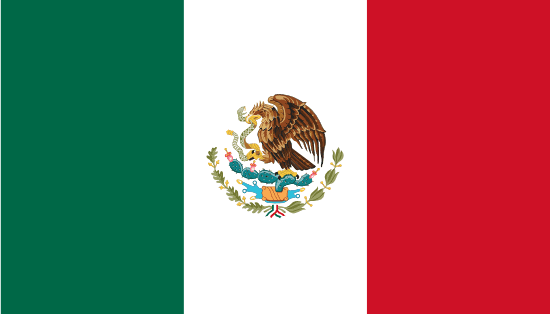"El Corazón de México | The Heart of Mexico"
About:
San Miguel de Allende, founded in 1542, is a city in Mexico's central highlands, known for its well-preserved Baroque/Neoclassical colonial architecture. Initially, it was a key stop on the silver route from Zacatecas. The city played a significant role in Mexico's War of Independence in the 19th century. Post-World War II, it became an artist's haven, attracting foreign artists and writers. In 2008, UNESCO designated the city a World Heritage Site. Today, it's a popular tourist destination and expatriate enclave.
When to visit:
San Miguel de Allende, a charming colonial city in central Mexico, is a popular destination for travelers seeking a vibrant cultural experience. For those looking to visit during a holiday, the ideal time would be during the annual Dia de los Muertos (Day of the Dead) celebration in late October to early November. This festival is a colorful and lively tribute to deceased loved ones, featuring elaborate altars, parades, and traditional Mexican music and dance. The festive atmosphere and cultural significance make it a truly memorable time to experience San Miguel de Allende.
When to avoid:
The worst time to travel to San Miguel de Allende on a holiday is during the rainy season, typically from June to September. Heavy rains can cause flooding and make transportation difficult in the region. Additionally, the high humidity during this time may lead to discomfort for travelers not accustomed to such conditions. It is advisable to plan your trip during the dry season from November to April for a more pleasant travel experience in San Miguel de Allende.
"Winter Season (Dec-Feb)"
San Miguel de Allende experiences its coldest period from December to February, with an average temperature of 15°C (59°F) during the day, dropping to 5°C (41°F) at night. It's generally sunny, with cloud cover increasing towards the evening. Rainfall is minimal, averaging around 10mm in December. An average day for a visitor involves exploring the city under clear, sunny skies in the morning, followed by cooler, cloudier afternoons and evenings, ideal for cozy indoor activities.
"Summer (May–October)"
The warmest part of the year in San Miguel de Allende, Mexico, typically spans from April to June, with the highest average temperature reaching around 85°F (29°C) in May. The rainfall is relatively low during this period, with May being the driest month. The average rainfall in May is around 1.1 inches (28 mm) and gradually increases in June.
Sunlight is abundant during this time, with an average of 7 to 8 hours of sunshine per day. The humidity is generally low to moderate, providing a comfortable environment for visitors. Cloudiness varies, but clear or partly cloudy conditions are more common, contributing to the overall sunny weather.
A typical day for a visitor during the warmest part of the year would feel warm to hot, especially around midday and in the early afternoon. Mornings and evenings are generally milder and more comfortable. The weather is usually dry, with occasional light rain showers. The abundant sunshine and low humidity make it an excellent time for outdoor activities and sightseeing. However, it's recommended to wear sun protection during the day and to stay hydrated.
Language:
Spanish is the primary language spoken in San Miguel de Allende, a city located in the central part of Mexico. However, due to its popularity among international tourists and expatriates, English is also commonly spoken, especially in businesses catering to tourists.




